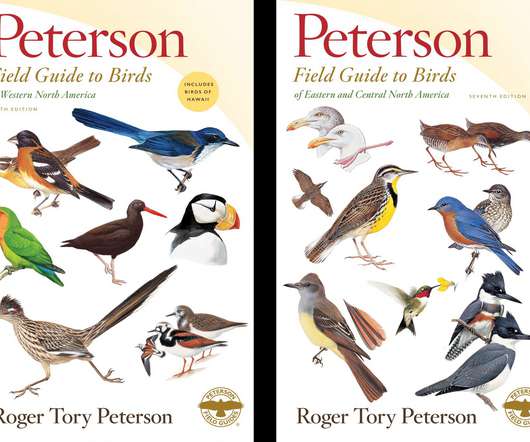What is the State Bird of Rhode Island?
10,000 Birds
JUNE 16, 2016
When I picture state birds, I picture the gorgeous Scissor-tailed Flycatcher of Oklahoma, the pristine white feathers of Alaska’s Willow Ptarmigan , or the haunting call of Minnesota’s Common Loon. They have a global breeding population of 20 million, and are just gorgeous. I don’t picture chickens.












Let's personalize your content